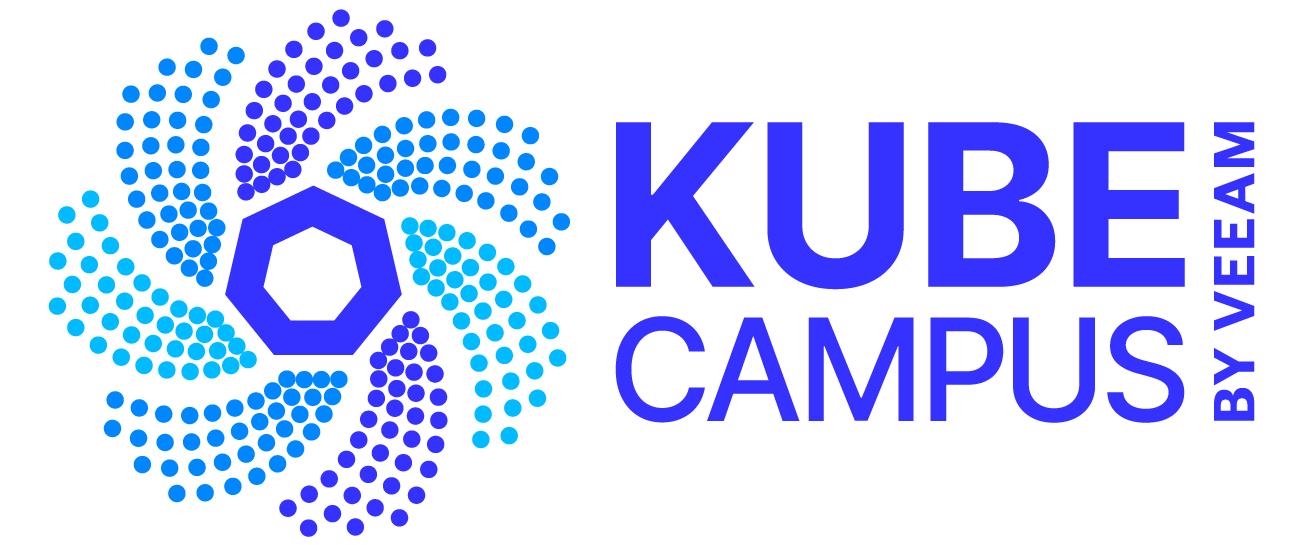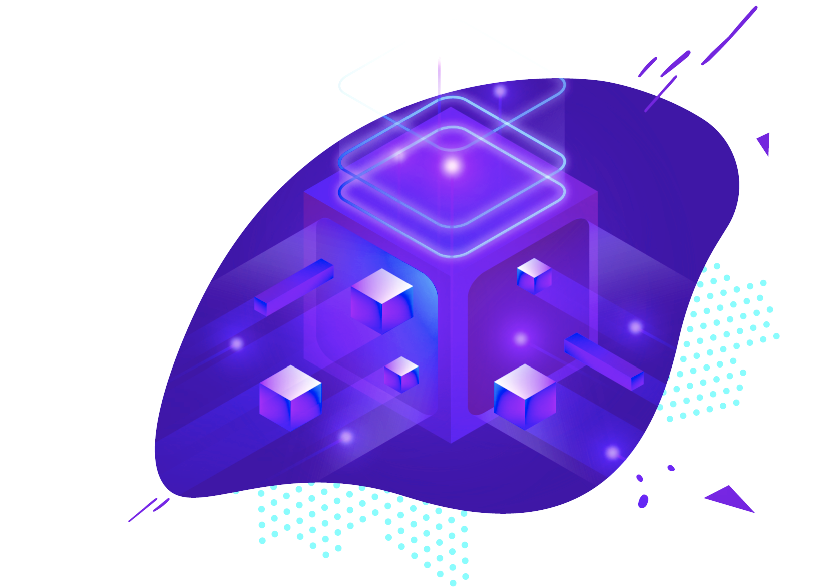Lab background
Kubernetes is an open-source system for deploying, scaling and managing containerized applications. With Kubernetes, you can deploy your applications quickly and predictably, scale your applications on the fly, roll out new features seamlessly, and limit hardware usage to required resources only.
In this lab, you will learn about the parts of the Kubernetes system and the abstractions Kubernetes uses to represent your cluster and obtain a deeper understanding of how Kubernetes works. In the hands-on portion of the lab, you can work with your own Kubernetes cluster using the Kubernetes dashboard and a terminal.
Is there pre-work for the lab?
Yes. Be sure to complete reading and studying this blog post, the video description of the work to be performed during the lab, and the accompanying slides.
What is the structure of the Course?
The course consists of two sections — an initial series of review points on Kubernetes basics followed by challenge questions, and a hands-on exercise during which you will enter actual Kubernetes commands to get specified results. Both sections are approximately 35 minutes long. Your time may vary depending on your level of expertise.
Section 1 — Kubernetes background and challenge questions
This section will cover these Kubernetes concepts.
- Control Plane
The backbone of Kubernetes - K8s desired state – API
High level overview of Kubernetes - Pod
The smallest deployable object in the Kubernetes object model - Replica Set
Manages the number of running Pod replicas - Deployment
Manages Pods and ReplicaSets - Service
Services abstract a set of Pods - Namespace
Namespaces divide your cluster - Volume
A Volume is a directory which is accessible to Pods - Job
A job creates one or more Pods & retries execution of the Pods until a specified number of them successfully terminate. - DaemonSet
Run a Pod on all (or some) Nodes with a DaemonSet - StatefulSet
StatefulSets are used to manage stateful applications.
(Note: Each topic will provide some review material on screen and then pose a challenge question. The user must get the correct answer to the challenge question to proceed to the next section.)
Section 2 — Kubernetes hands-on – build your first cluster
This section will cover Kubernetes commands needed to create a Kubernetes cluster, a very basic and necessary step in the Kubernetes journey. You’ll learn specific commands needed to:
- Ready your server
- Set up the cluster
- Ensure Kubernetes is running in the cluster
- Join nodes
- Set a Kubernetes add-on for networking features and policy


